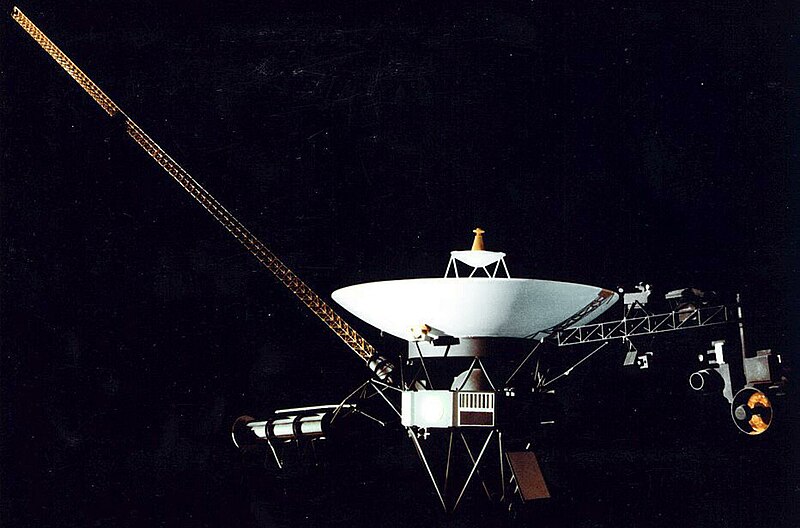
How do you bring a 47-year-old spacecraft back to life from billions of miles away? NASA engineers faced this question when Voyager 1, humanity’s most distant spacecraft, sent scrambled signals. What followed wasn’t just a fix—it was a masterclass in problem-solving and space-age determination.
Perseverance Defines Success in Space Exploration
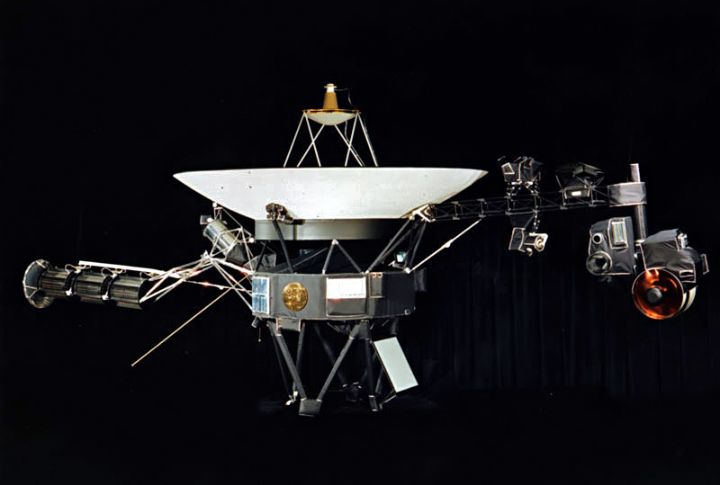
Success in space demands persistence, as Voyager 1 proves. Launched in 1977, this spacecraft has defied odds for over 47 years. The secret lies in NASA’s dedicated monitoring. Imagine maintaining a connection with a device billions of miles away—it’s the ultimate endurance challenge!
Communication Challenges Beyond the Solar System
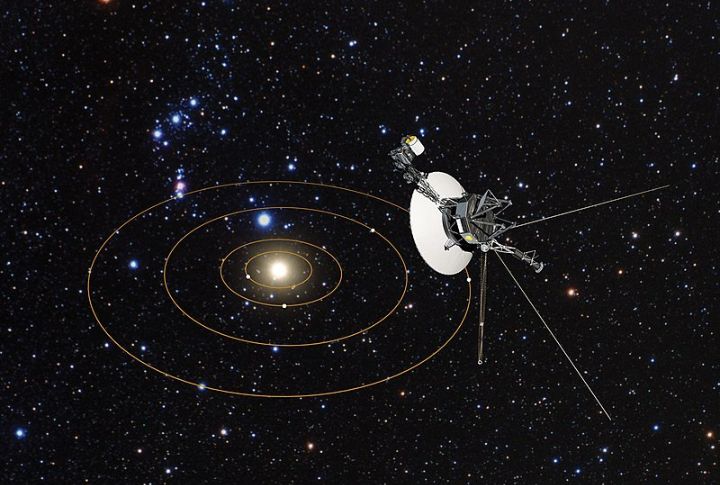
Distance complicates everything. Commands sent to Voyager 1 take nearly 23 hours to arrive, traveling at light speed. Even receiving its faint signals, akin to whispers from space, required upgrading Earth’s Deep Space Network. Such meticulous communication underscores the genius of interstellar exploration.
Redundancy Is A Lifeline for Longevity
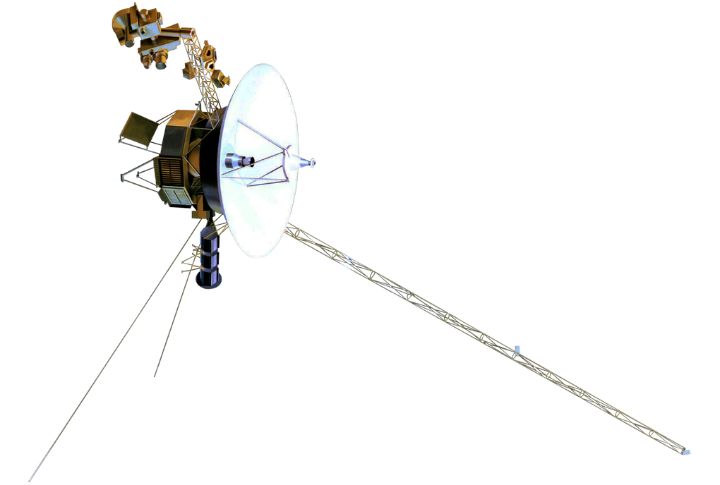
Redundant systems saved Voyager 1. Designed with backups for key components, the spacecraft weathered decades of cosmic radiation and micrometeoroid impacts. When glitches emerged in 2023, engineers tapped into these reserves, proving that foresight in design can outlast the limits of time and technology.
Early Problem Detection Is Key
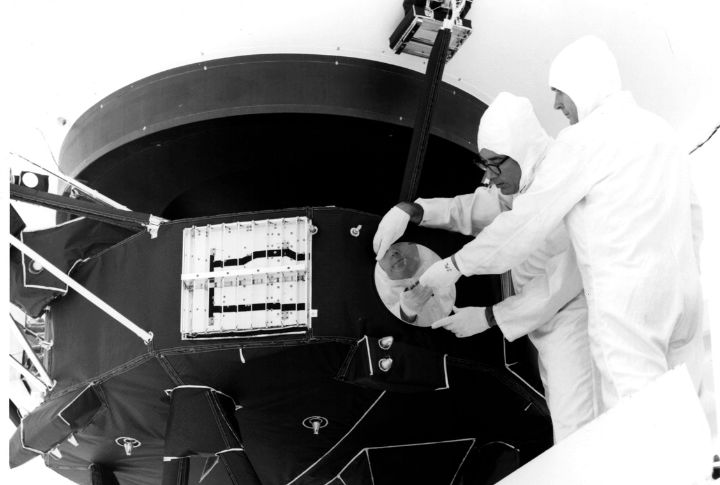
Anomalies in Voyager 1’s telemetry raised alarms in 2023. NASA’s vigilance identified corrupted data streams and traced them to a wayward computer system. Quick action prevented irreversible damage, showing how constant monitoring is vital for spacecraft operating in the uncharted void of interstellar space.
Innovation Bridges Decades of Technology
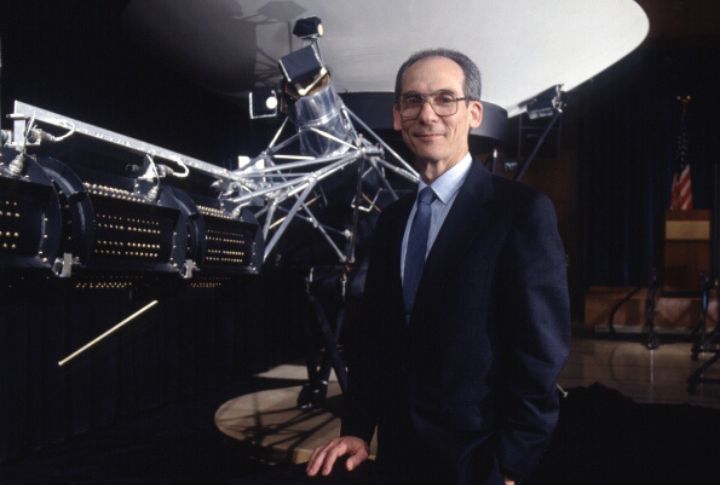
Voyager 1 runs on 1970s technology—think eight-track tapes and vintage computers. NASA engineers crafted modern solutions, reprogramming outdated systems remotely. It’s a masterclass in adapting old tech to modern needs, ensuring a spacecraft designed for 5 years continues to function after nearly 50.
Teamwork Across Generations Keeps Spacecraft Alive

Decades separate the original Voyager team from today’s engineers. Yet, shared knowledge and meticulous documentation bridged this gap. By consulting archives and tapping into institutional expertise, NASA upheld a legacy of collaboration. Voyager’s survival is a record of the power of teamwork across time.
Designing for Longevity Beats Short-Term Goals
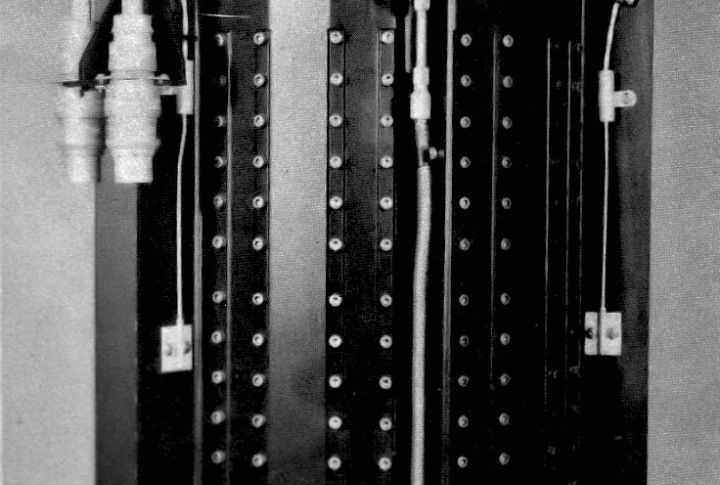
The designers thought big, crafting a spacecraft to endure. Its radioisotope thermoelectric generator (RTG) still powers critical systems today, though its output wanes. Such foresight teaches that creating adaptable, amazing designs ensures longevity in the unpredictable environment of deep space.
Adversity Inspires Problem-Solving Mastery
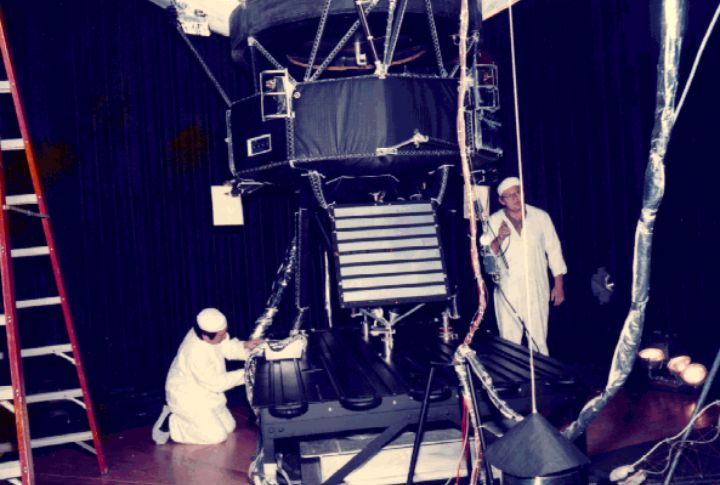
2023’s glitch tested NASA’s problem-solving prowess. Engineers rewired Voyager’s logic, bypassing malfunctioning systems from billions of miles away. It’s an inspiring example of human ingenuity overcoming immense challenges. If this doesn’t showcase resilience, what does?
Interstellar Science Benefits Humanity
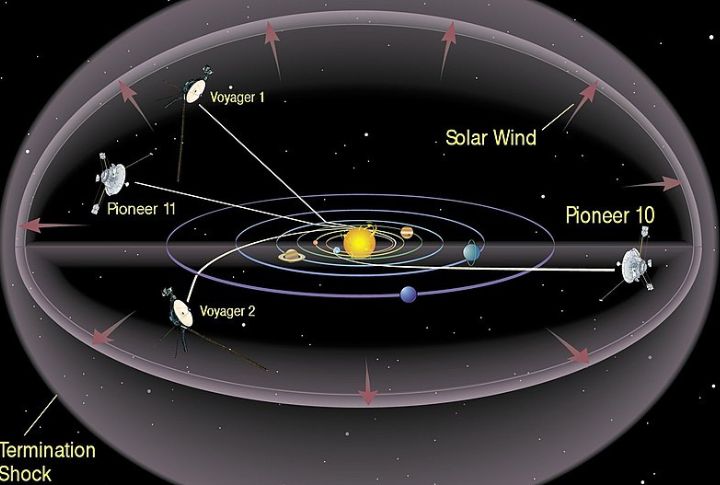
Voyager 1 explores the interstellar medium, measuring cosmic rays and plasma. These data provide insights into our galaxy’s boundaries and protect future missions by revealing radiation levels. Every discovery, even at such vast distances, directly enriches human knowledge of the universe.
Legacy Drives Future Space Missions
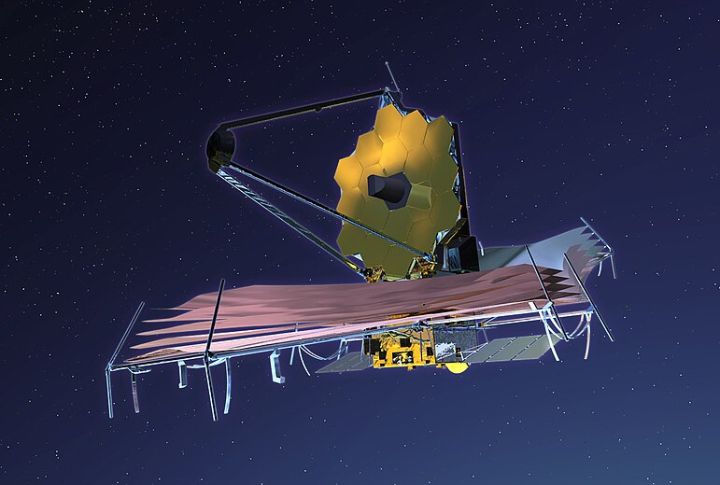
It inspires every spacecraft launched after it. Its interstellar journey reminds humanity of what’s possible with vision and determination. Programs like the James Webb Telescope and upcoming interstellar probes owe their ambitions to the trailblazing path charted by Voyager’s remarkable mission.
